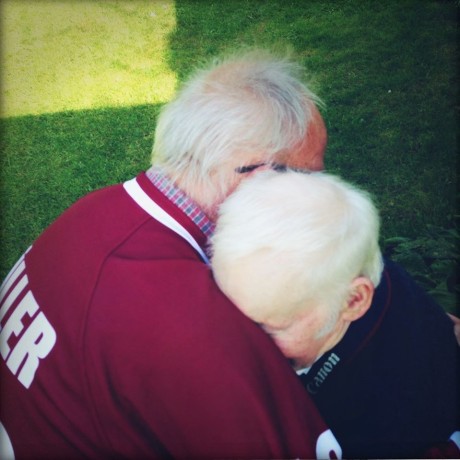


Neil Young Picks his Favourites
… at the Finnish DocPoint Festival and it is not that Neil Young but the film critic with the same name, whose competent reviews in Hollywood Reporter and Sight & Sound I have followed with pleasure after I met Young at a couple of American Documentary Film Festival editions in Palm Springs. Here is what I read tonight from the DocPoint in Helsinki:
The film critic Neil Young has picked his favourites from our Finnish Premieres programme series. The critic’s choices are Purity and Danger (dir. Elina Talvensaari) (50 mins.) (PHOTO). Here is the DocPoint catalogue description:
Many people have an opinion about prostitution, even though few people have actual experience in the field or know anyone in the business. In Elina Talvensaari’s documentary, Purity and Danger,
Finnish prostitutes are given a voice through actors, and outdated images of seedy professionals of love are pushed aside. Five female prostitutes and one male customer share their experiences about the oldest profession in the world. What kind of thoughts come up when you can never speak about the work you are doing to others, or when a customer turns out to be the husband of a friend? What should a first-timer take into consideration? Conversing with the viewer, this documentary creates its own humane and unjudgmental world, where the seller and buyer of sex are quite equal. Sex with someone new is always an exciting experience, and even when practiced professionally, the feeling of intimacy can never be fully removed – from either of the parties involved.
AND
Once I Was a Dragonfly (dir. Elli Toivoniemi) (63 mins.) with this description:
’Leave the bugs at home’ the teacher says. Miikka Friman first became interested in dragonflies at the age of six, trying to rescue an insect squashed under the school bully’s shoe. ’Usually, people don’t like insects. We think they are disgusting and evil vermin. But that is only half the truth, ’ little Miikka’s compassionate voice explains in a home-made nature documentary. Miikka talks about dragonflies to Santa Claus, pretends to be dragonflies with his sister and, while growing up, develops into a better photographer. Twenty years after discovering his passion, Miikka is facing new challenges. Society demands him to work full-time when all the young man can think about is capturing on film the 56th species of odonates in Finland – the very last one. As we get to know Miikka, we can’t help but get to know odonates as well. The exquisitely beautiful footage of dragonfly sightings is a gateway into the cycle of nature. We learn about both birth and death, as Miikka himself ventures from his backyard into the great wide world.
